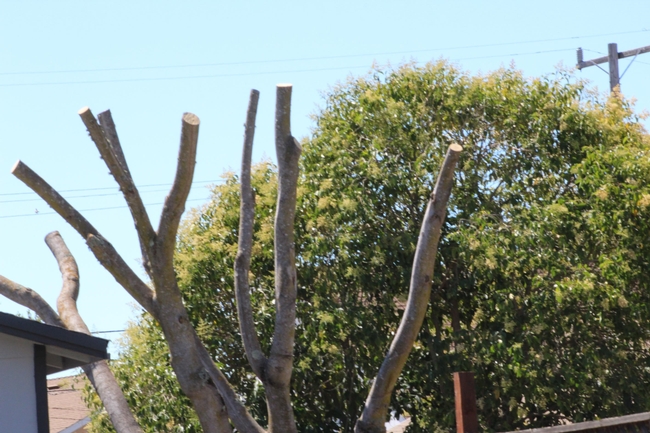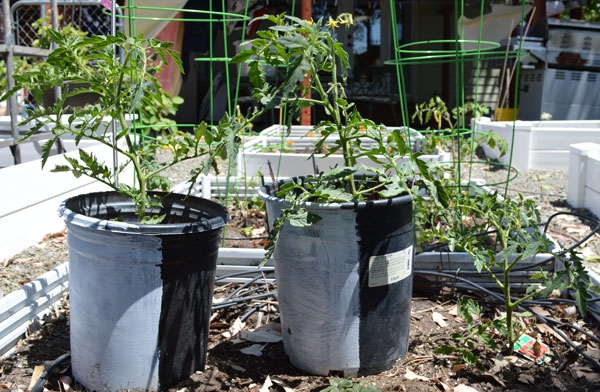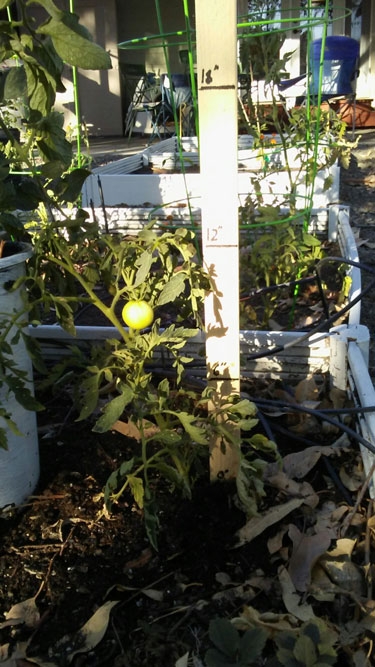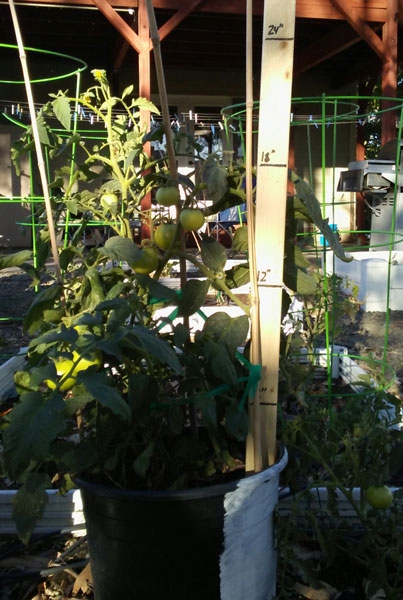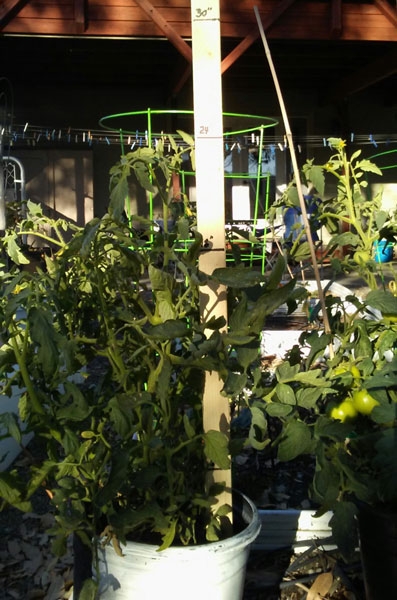UC Gardening Blogs
Bugs Share Spotlight with Pigs, Polar Bears and Pigeons: ACE Awards
This was a case of bugs sharing the spotlight with pigs, polar bears and pigeons. Six...
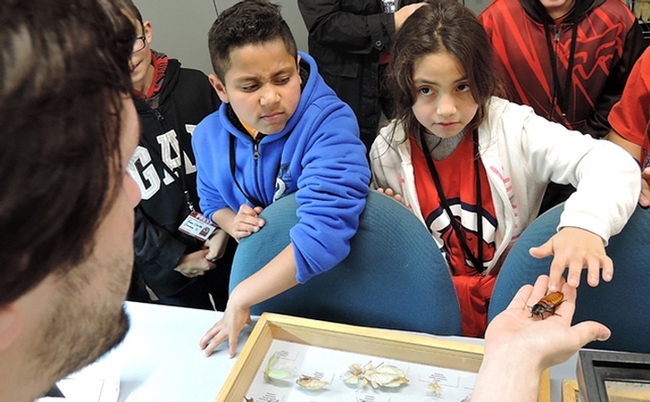
Children of California migratory workers react to a Madagascar hissing cockroach during their tour of the Bohart Museum of Entomology. A news story about the event won a gold or first-place award in the ACE competition. (Photo by Kathy Keatley Garvey)
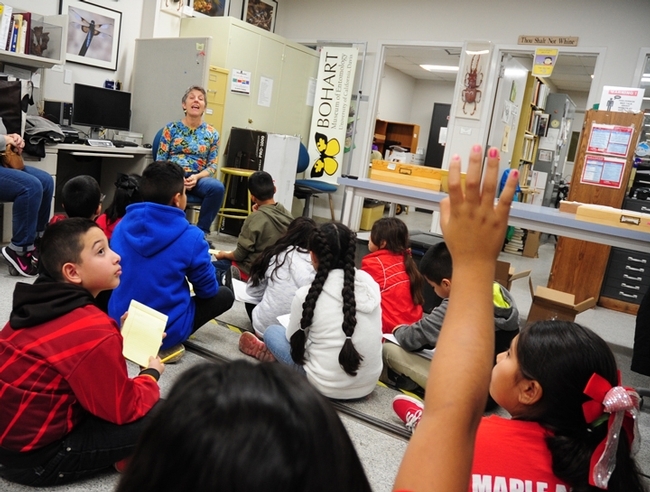
Lynn Kimsey, director of the Bohart Museum of Entomology, fields questions from the tour group. (Photo by Kathy Keatley Garvey)
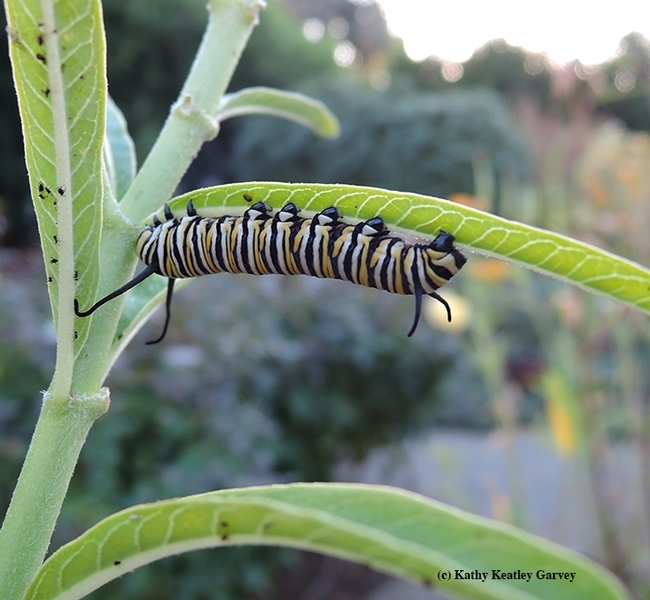
This monarch caterpillar, discovered Oct. 27, 2017 on milkweed in Vacaville, survived and hitched a ride to an overwintering site in Santa Cruz, thanks to "Monarch Mom" and "Good Samaritan Rita LeRoy of Vallejo. The blog, "Once Upon a Monarch," won a silver award at the ACE conference. (Photo by Kathy Keatley Garvey)

"Monarch Mom" Rita LeRoy (pictured) of Vallejo transported "Ms. Vacaville Monarch" to an overwintering site in Santa Cruz. (Photo by Kathy Keatley Garvey)
OUCH!
Ouch! Recently when I looked out my bedroom window I was shocked when I saw this tree with overly excessive pruning cuts. I don't know why this drastic type of pruning was needed for this tree. Perhaps the landowner was fed up with raking the leaves in the fall, or maybe the tree was blocking the light to a newly planted garden. Nonetheless, tree topping is rarely a solution.
The tree now reacts to the loss of leaves by going into an accelerated growth phase. The tree will use its stored energy to create new branches and leaves. There will be many new weak branches sprouting from just beneath the cuts. The use of the stored energy will leave the tree vulnerable to infection and stresses. Stored reserves in drought times may have to be used to grow new roots, now the tree cancels new root growth for new leaf growth. The pruning cuts are not in areas the tree can readily form bark to seal off the wound. Each cut is an open gateway for rot, disease and insect infestation. Stressed trees slowly recover and tree life maybe shortens its lifespan.
The new growth resulting from these cuts will be prolific and now there may be even more leaves to rake than before. In addition, all these new branches will have weak attachments to the tree and in a strong wind storm might break off causing damage to cars and other objects below. If this tree's weak branches were to fall and damage someone else's property the tree owner could be held liable for those damages
Tree topping is not tree pruning. In fact, many local municipalities have ordinances that regulate tree pruning within the city limits. The National Arbor Day Foundation recommends: “Don't top trees and never remove more than 1/3 of a tree's crown.” Consult your local city ordinances before topping or removing a tree. In Vallejo. “Per the Tree Ordinance, in most cases, residents are responsible for the maintenance of trees located on their property.” “Tree trimming and tree removal permit may be required.”
For tree pruning information online: www.arborday.org and www.ucanr.edu/UrbanHort/files/80115.pdf.
Consult a certified arborist on how to prune your trees. Tree topping is not an answer.
Ouch! It’s Puncturevine!
By Jeanette Alosi, UC Master Gardener of Butte County, August 10, 2018 Puncturevine (Tribulus...

Dried puncturevine spikes in tires, UC ANR
Itsy Bitsy Spider
The itsy bitsy spider climbed up the water spout. Down came the rain and washed the spider out. Out...
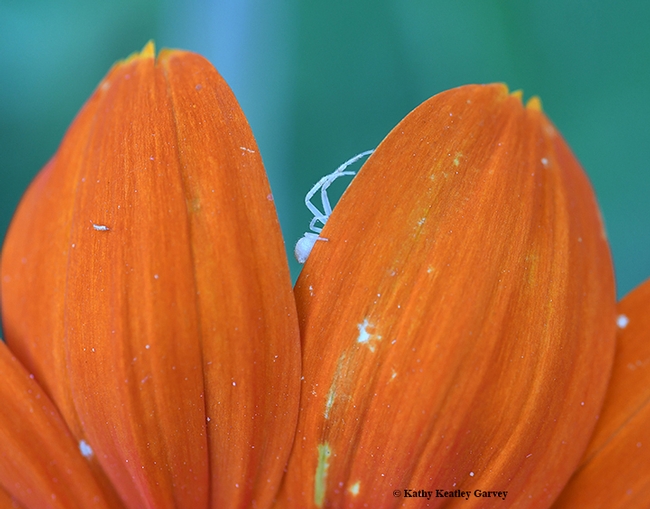
Yes, we can see you. A crab spider on Mexican sunflower (Tithonia). (Photo by Kathy Keatley Garvey)
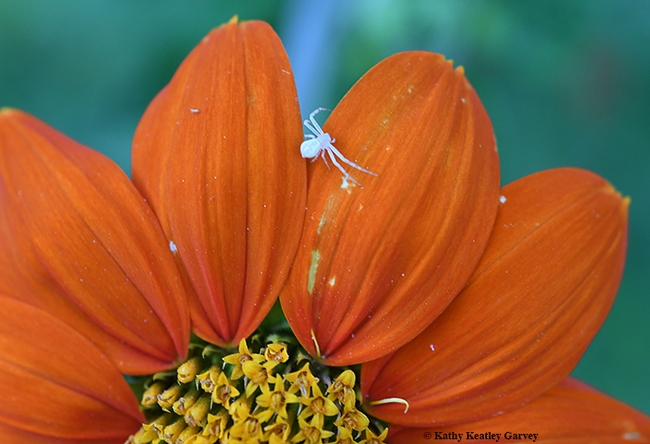
The crab spider ventures out on a petal of the Mexican sunflower (Tithonia). (Photo by Kathy Keatley Garvey)
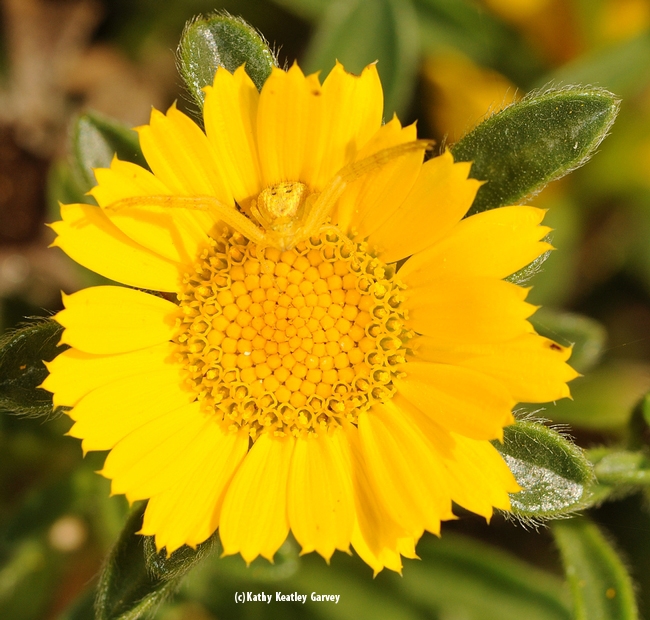
A perfectly camouflaged crab spider on a gold coin flower (Asteriscus maritimus). (Photo by Kathy Keatley Garvey)
Eucalyptus Trees and Vegetable Gardening
To document this I purchased tomatoes plants (Ace variety, from a 4 pack), and utilized three of the plants to run a trial to see if I could determine how significantly the eucalyptus roots affected the tomato plants' growth.
First, I planted one tomato plant directly into the root-infested raised bed. The second tomato plant was planted in a 5-gallon container which I filled using the raised bed root materials, cut up into chunks, and planted the tomato directly into this mixture. This planting was to test to see if the dead Eucalyptus roots had any phytotoxic effects on the tomatoes. The third tomato was essentially my control, with the tomato planted in a 5-gallon container in the new potting mix. All were fertilized bi-weekly with low nitrogen organic fertilizer and watered every other day.
The experiment was run for about 5 weeks. I found that the tomato planted directly into the root-infested raised bed grew very little, and seemed to struggle to get enough water, so I gave it extra water. The tomato planted in the chopped Eucalyptus roots with the raised bed potting mix actually did quite well and has the best set of tomatoes. There does not seem to be any phytotoxic effects from the dead Eucalyptus roots. The tomato in the new potting mix is growing fine and has set some tomatoes but fewer than the tomato plant in the dead roots. My belief is that this might be due to more nitrogen in the fresh potting mix.
Other garden vegetables such as vine crops, beans, and some other plants do not tolerate the root competition. We have found that carrots do okay, asparagus does moderately well, and potatoes are marginal. However, all these crops grow during the spring months when there is more free water in the soil.
The Australian Department of Agriculture and Water Resources recommends that farmers stay 50 feet away from Eucalyptus, we are within 30 feet. We have shifted to above ground containers after excavating several raised beds and lining them with double landscape fabric to no avail.
Four photos are attached separately, as well:
Photo 1: Initial photo of the three tomato plants




